Photos: Take a Tour of Maine's Spectacular Acadia National Park
Colorful view
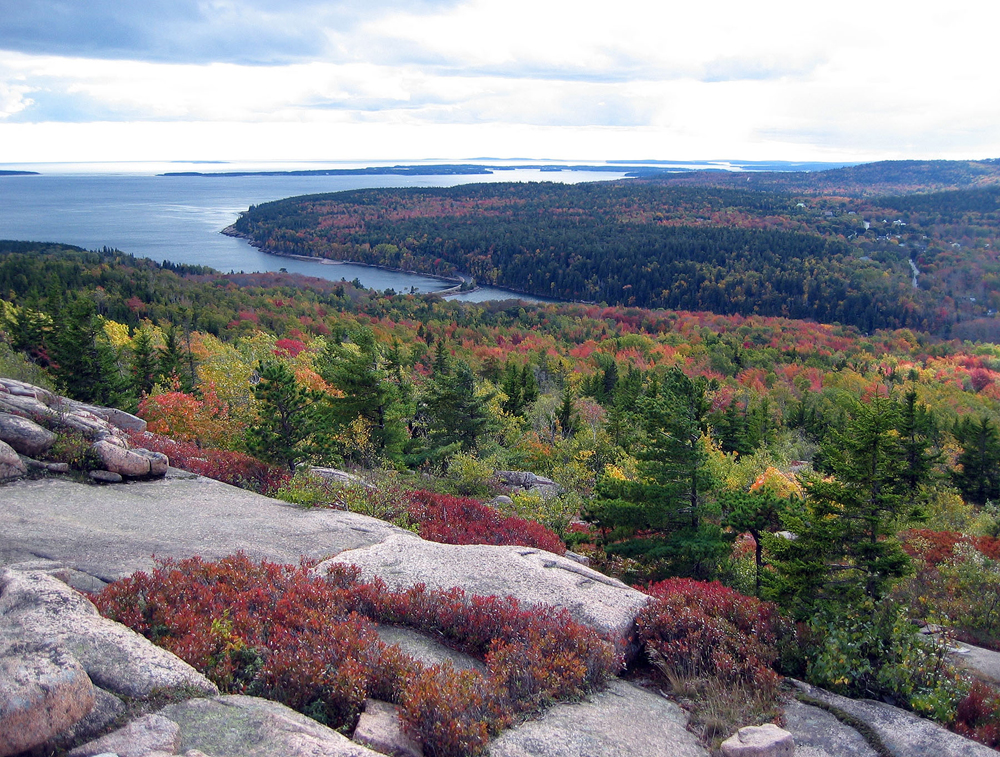
Acadia National Park is located in the farnortheastern corner of Maine. During certain months of the year, a few mountain peaks of Acadia receive the first rays of morning sun in the United States. The landscape found here is considered to be one of the most geologically diverse sites along the entire Atlantic coast.
Gorgeous rock
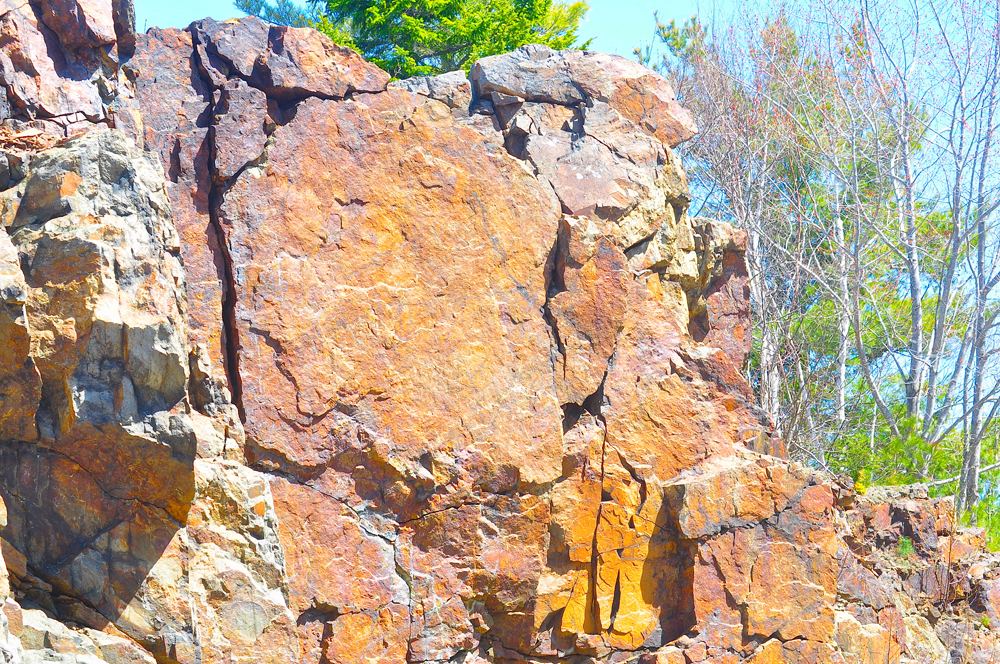
The land of Acadia National Park is made up of all three types of rocks: sedimentary, igneous and metamorphic. Granite is the underlying bedrock of Acadia. Various granite can be found here, differing slightly in color, texture, chemical composition and accessory minerals.
Ancient carvings
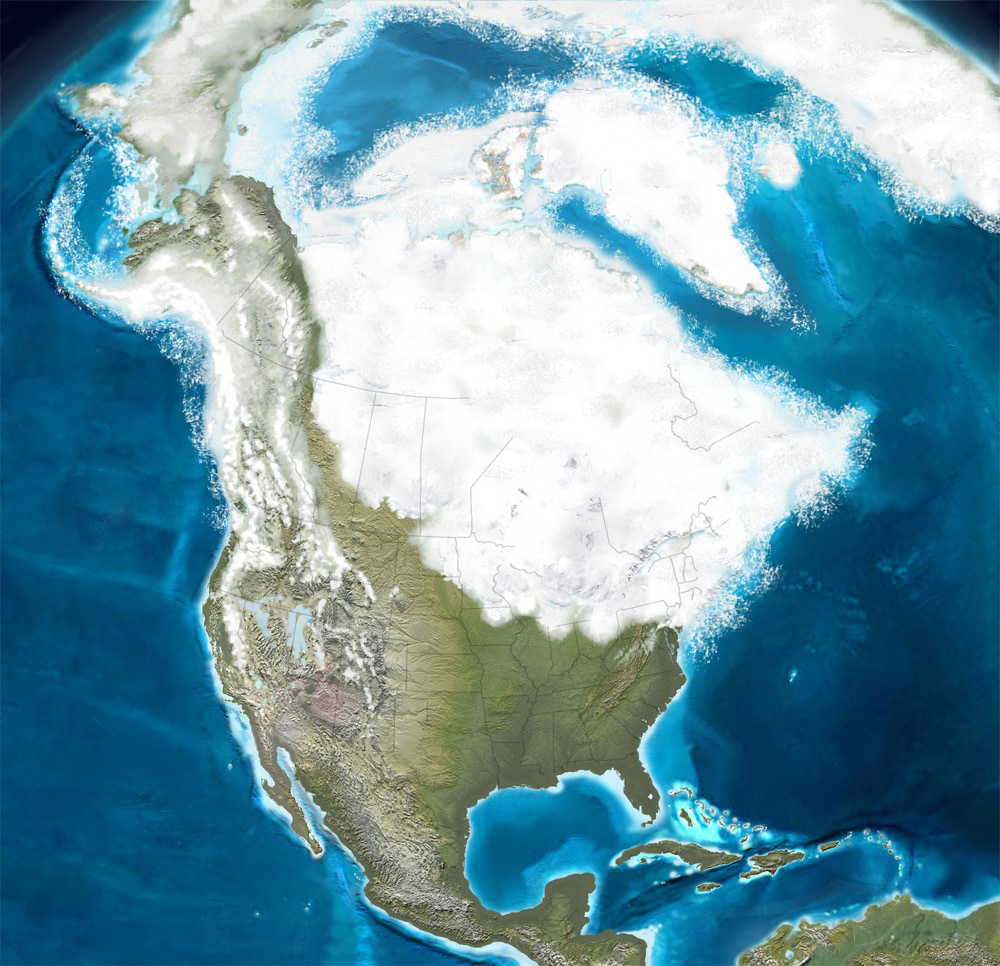
Massive Pleistocene glaciers once covered even the highest peaks of Acadia, with ever-pounding waves creating the incredible landscapes seen in the region today. The erosional force of the glaciers polished the bedrock and carved grooves in the granite. Large U-shaped valleys that extended to the sea were sculpted by the movement of the ice. Large areas of glacial debris, including large boulders, were left scattered across the land.
Natural effects
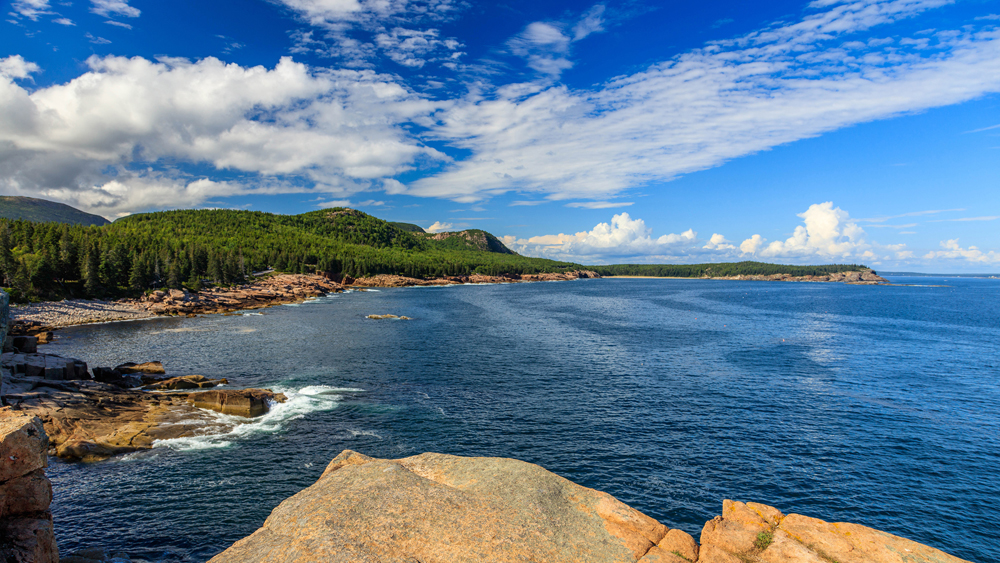
When the glaciers melted at the end of the Pleistocene Epoch, the level of the Atlantic Ocean rose rapidly, reaching a height some 230 feet (70 meters) higher than what is found today. The complex interactions between glaciation, sea level fluctuation and simple crustal rebound all helped shape the unique and interesting landscape found throughout Arcadia.
Sandy variety
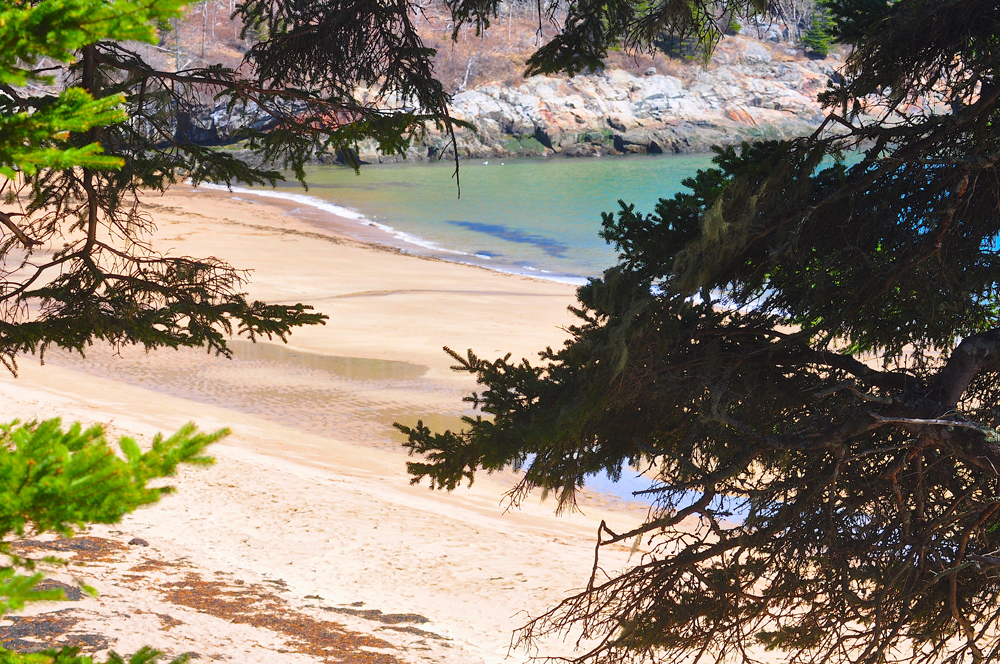
Acadia is blessed with many different types ofbeaches. The sand composition of the beach depends on the energy of the Atlantic waves that create it. Coves protect some beaches from strong waves and result in the fine-grain Sand Beach shown here. Sand Beach is considered a geological rarity, as it is one of the few cold-water, shell-based sand beaches in the world. Other Acadia beaches unprotected from the surf of the Atlantic Ocean consist of cobbles, pebbles and large boulders.
Highs and lows
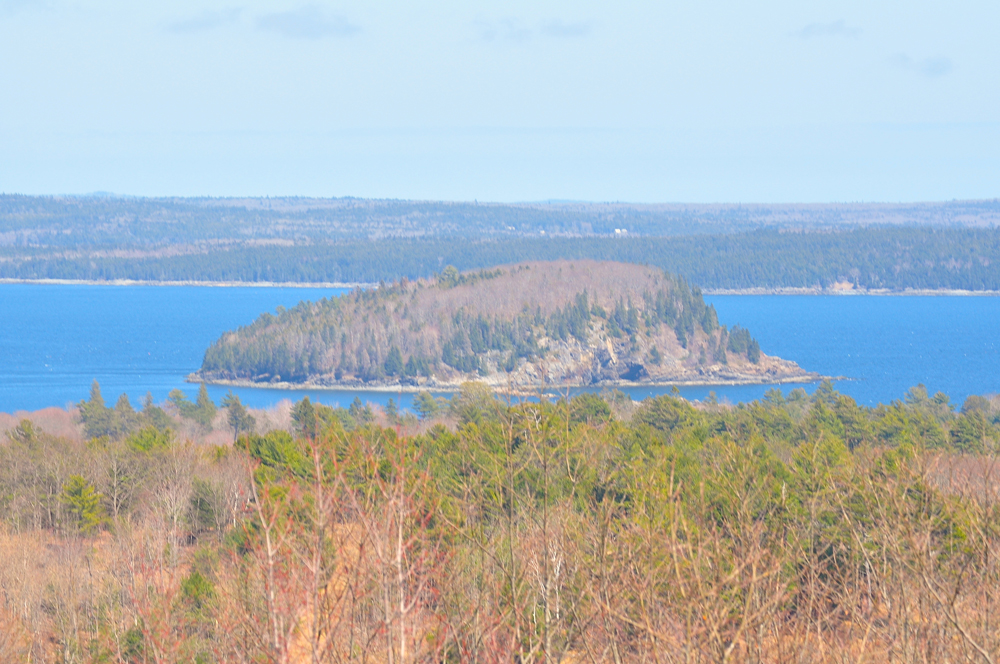
Shown here is one of more than 20 mountains that rise directly from the sea at Acadia National Park. Cadillac Mountain, a mountain found on the mainland, rises some 1,530 feet (466 m) and is not only the highest point in the park but also the highest point along the Atlantic Seaboard, from the Canadian border to the granite monoliths of Rio de Janeiro in Brazil.
Lakes and ponds
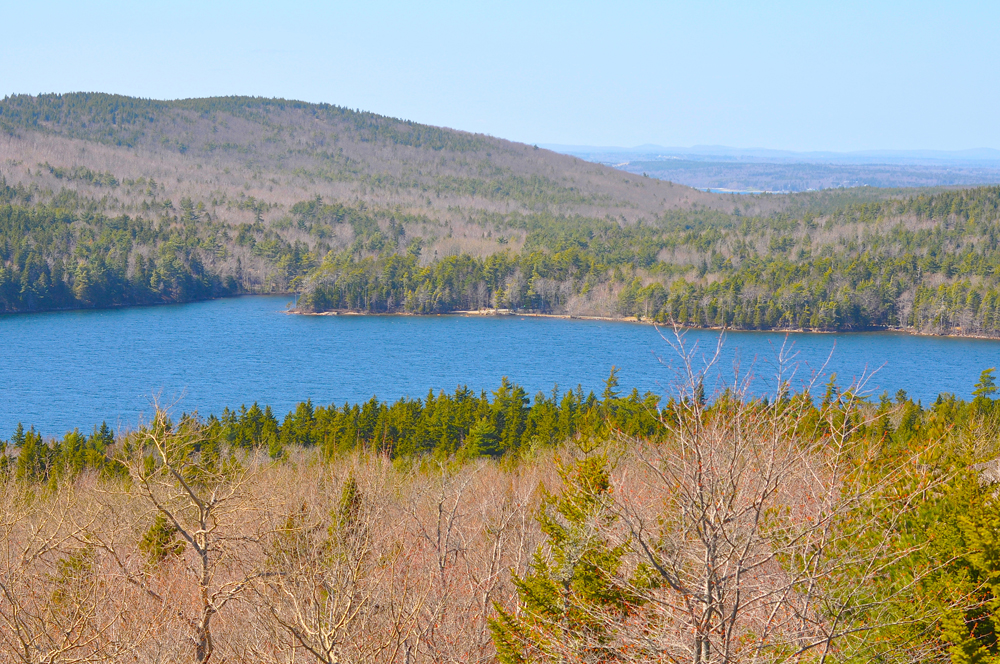
Acadia is also a land of lakes and ponds covering about 2,600 acres (1,052 hectares) of the park, or some 7.4 percent of the land. Fourteen designated "GreatPonds" (natural bodies whose water surface covers more than 10 ac (4 hectares) are scattered across the Acadia landscape.
Sign up for the Live Science daily newsletter now
Get the world’s most fascinating discoveries delivered straight to your inbox.
Waters galore
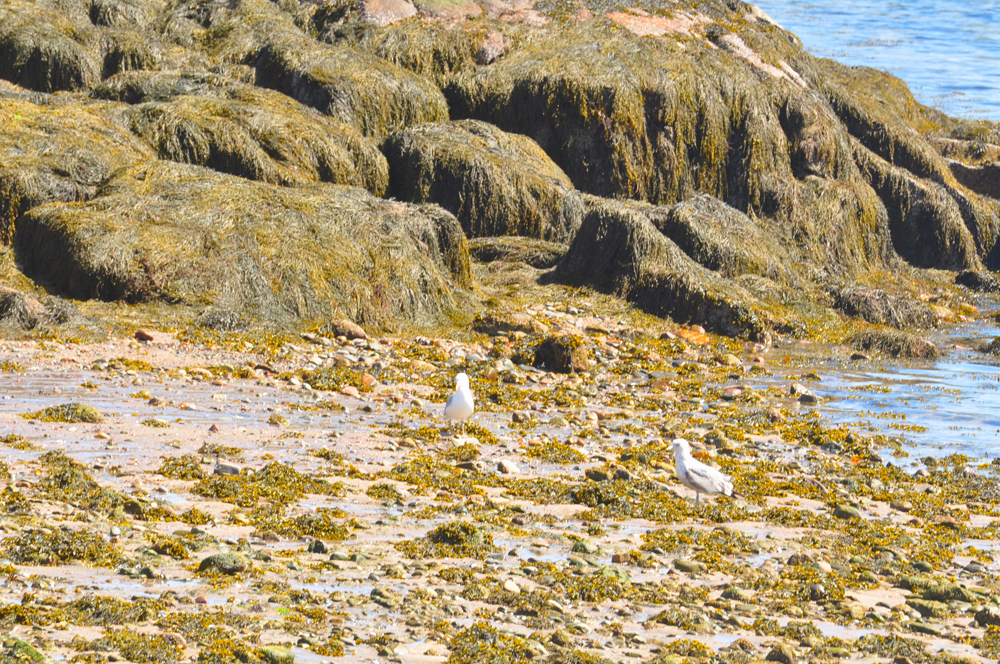
More than 20 percent of Acadia's landscape is made up of a variety of wetlands. Marine aquatic beds, freshwater marshes, salt marshes and inter-tidal shellfish flats are all found here.
Got seasons?
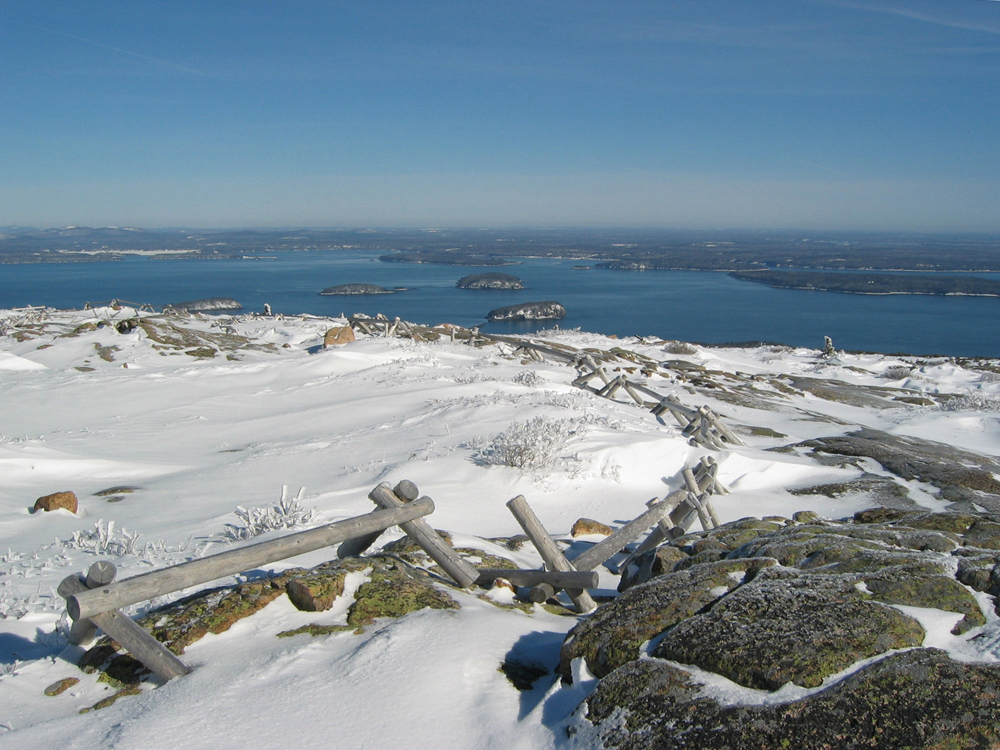
The climate of Acadia is highly effected by its latitude and marine influences. Moisture falls in every form in Acadia. Fog is common during the summer months, rain falls every month and severe ice and snowstorms are common throughout the winter. All the climatic factors continue to erode and shape the beauty of Acadia. Here, a wintry view of Acadia is seen from the top of Cadillac Mountain.
Long-time inhabitants
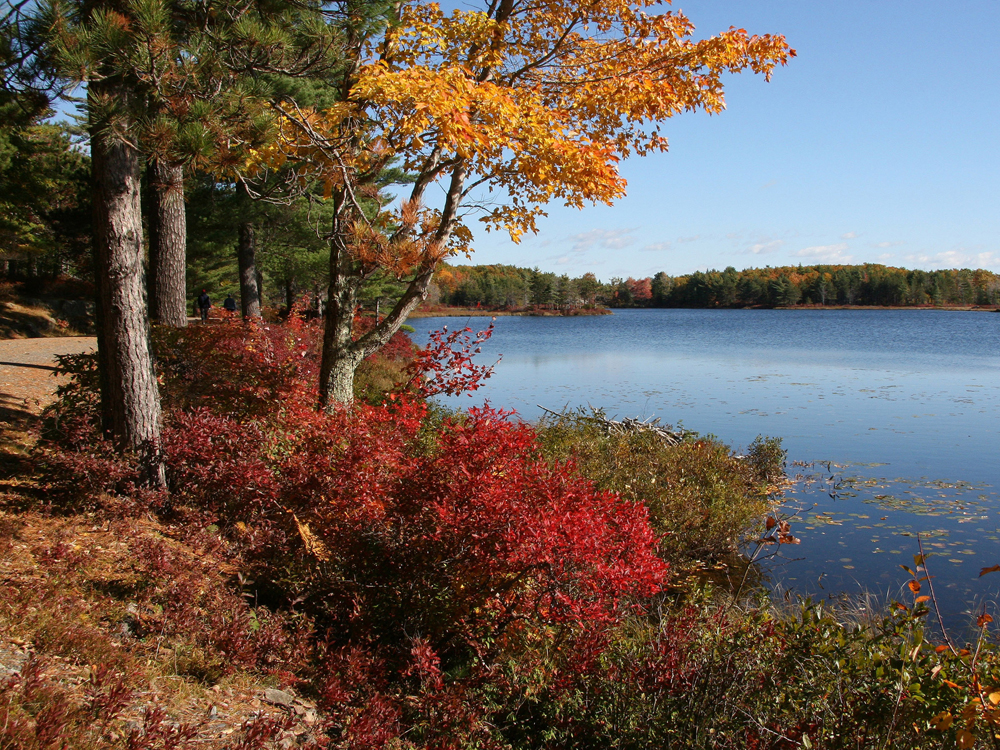
The Wabanaki people have lived in the region of Acadia for the past 12,000 years. To this day, they consider the Mount Desert Island and the Gulf of Maine region as the center of their traditional homelands. Historically, the Wabanaki people are known for their superb birch bark canoes that became so important to early French Voyageurs and fur traders in North America.
Origin of a name
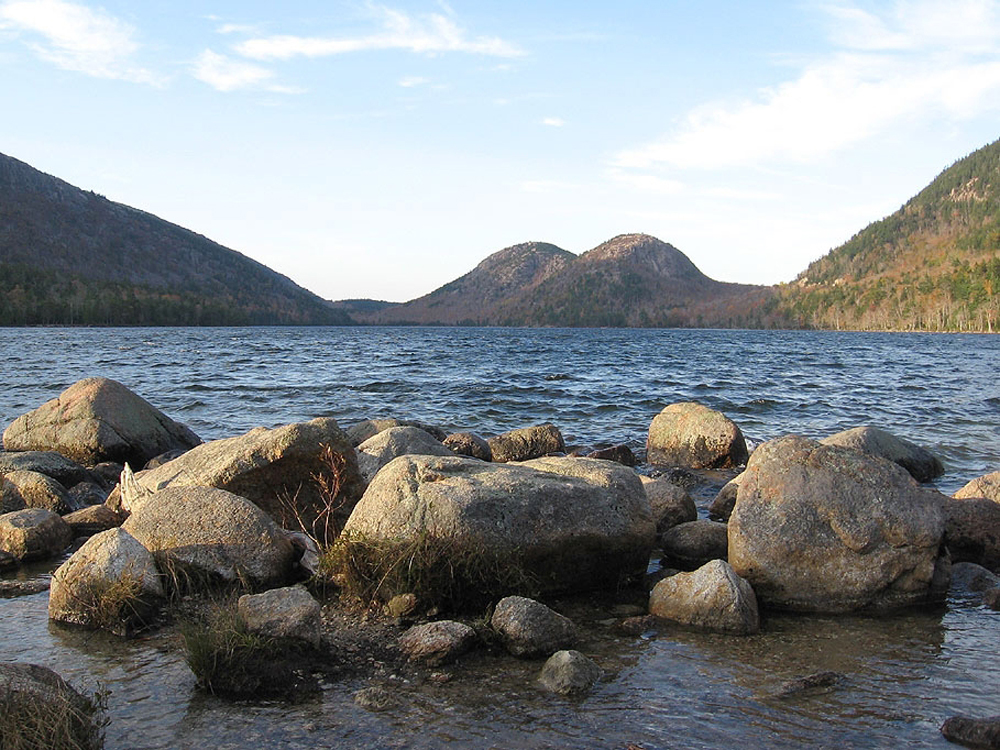
It was the year 1524 when Italian explorer Verranzamp first visited this northeastern coastline. He believed the land was similar to the pastoral region of ancient Greece — "Arcadie." Map makers soon began labeling this region "L'Arcadie." Later, the "r" was dropped and early European settlers of eastern Canada became known as "Acadians."









